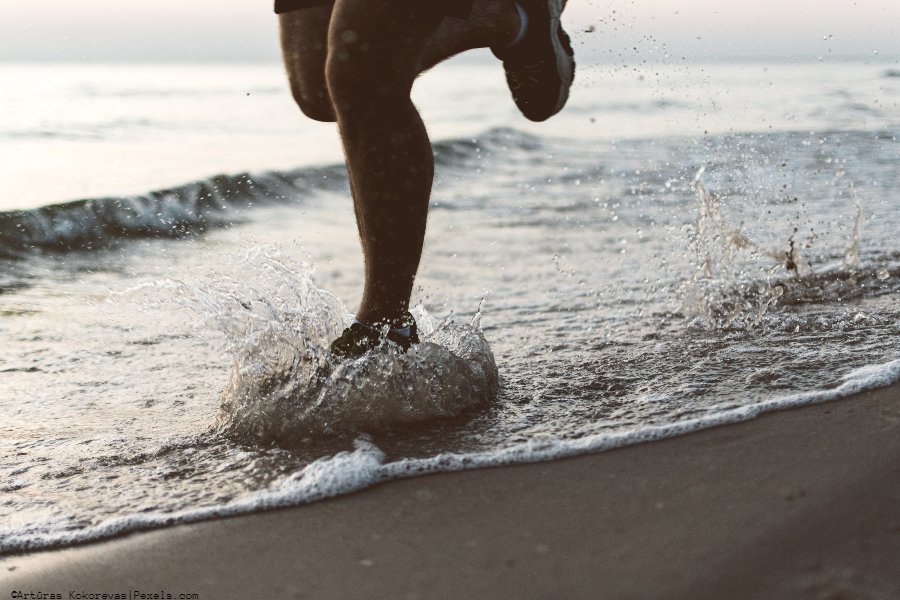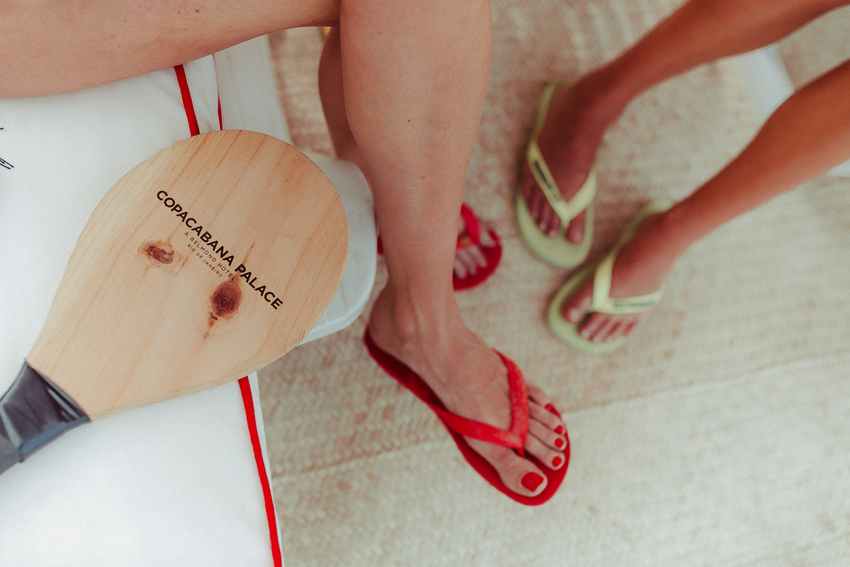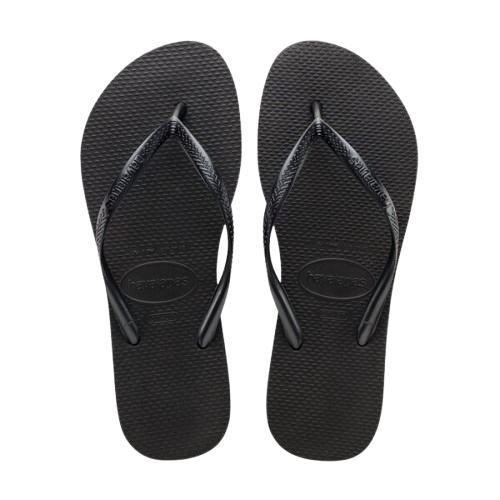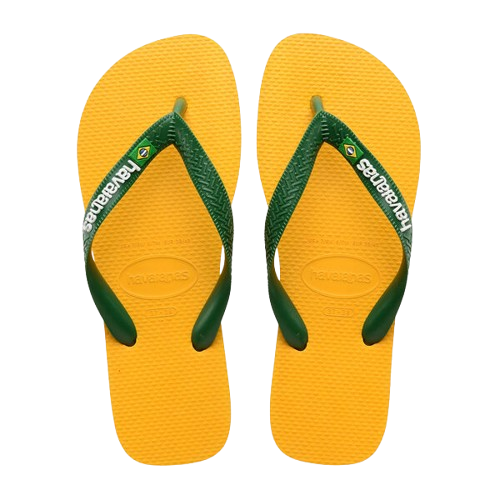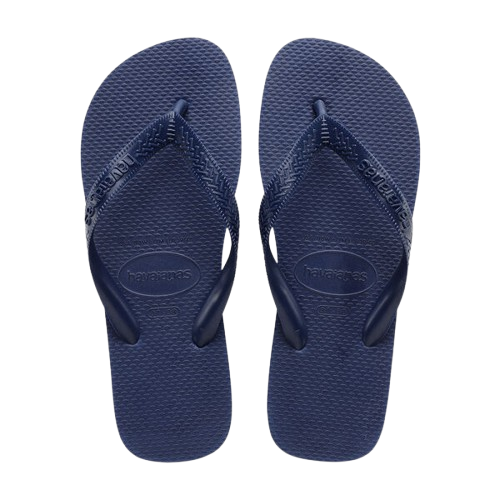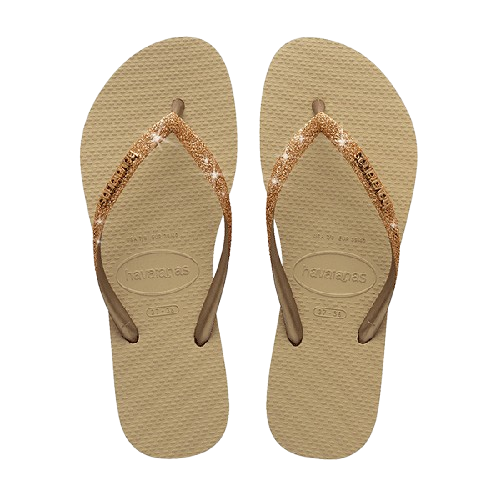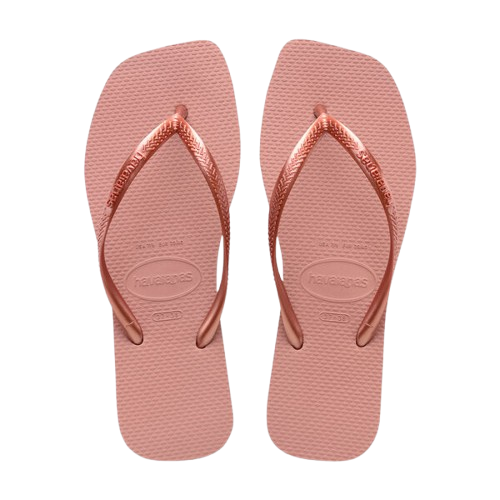Now that the good weather seems to be here to stay, the beach will become a much more appealing context. It will be full of umbrellas, flip-flops, towels and sandals as well as people doing all kinds of activities while enjoying a unique environment.
And that includes many runners, who have the possibility of transferring their training to such a natural and rewarding environment.
But how appropriate is it to train on the beach, and is it a beneficial activity, or does it pose health risks? In this article, we will answer these questions and more to inform you about the pros and cons of running on the beach.
That way, if you decide to add beach running to your routine, you’ll be able to do so in full knowledge of the facts.
Benefits of running on sand
Yes, running on the beach can have a multitude of benefits for the body. However, like any other workout, it also has its contraindications.
In the end, it will always depend on who does the activity and how they do it to be able to say whether it is a beneficial exercise or, on the contrary, harmful to health.
Among the most obvious advantages of running on sand, we would highlight the following:
- Running on sand allows us to work with greater intensity. Both the characteristic conditions of the sand itself and the unevenness to which it gives rise mean that training is much more intense than if we were to run on asphalt.
- The more demanding conditions of this environment lead to an improvement in muscle power.
- Thanks to the higher degree of humidity due to the presence of the sea, breathing will improve substantially which will result in a greater reception of oxygen in the blood.
- The beach is a very relaxing environment, so on a psychological level, the beach is an ideal environment for running. As soon as you finish your run, you can dive into the water and enjoy a priceless sensation.
Contraindications to running on the beach
As you can see below, the problems derived from running on the beach are directly related to the benefits that can be obtained if we take this medium as a training track. Everything will depend on the user’s preparation and his or her own health.
- The particular conditions of the terrain, uneven, uneven and, obviously, sandy, cause unevenness in the hips and lack of symmetry in our body, forcing us to run in an inadequate posture that could well lead to injury.
- The high temperatures, related to seasonality, and the excess humidity that we find when running on sand favor dehydration, with the implications that this can have. In the same way that high exposure to the sun can lead to sunburn or other skin problems.
- In particular, if you have recently suffered an injury, running in the sand may well cause it to recur or even aggravate it. Bear in mind that your bones, tendons and joints will be subjected to harsher conditions than they would be in an asphalt run.
If you’re not up to running, you can always grab a pair of men’s flip-flops or comfortable women’s flip-flops and take a relaxing stroll along the shore.
4 Tips and recommendations for exercising on the sand
Seeing how the pros and cons of running on the beach are related, it is probably best to define the ideal conditions for doing this activity in a healthy and, above all, safe way.
1- Better with shoes
You’ve probably seen lots of people running barefoot on the beach. In reality, this is a much better way to work the quadriceps, calves and ankles. However, there are still a number of health risks involved.
Normally we are used to running with running shoes, which, thanks to their cushioning, generate a rebound effect that allows the strides to be more organic and require less effort.
And our muscles are used to working precisely at this level of effort. If we don’t use running shoes, we would be increasing it too much all at once.
Unless you already have a lot of experience in running on the beach, the ideal is to run with running shoes in order to avoid injuries as well as possible injuries caused by glass or different elements that may be in the sand.
You can always make room in your beach bag for your running shoes.
2- Run on the wet side
In addition to the fact that it is more difficult to run on sand than on asphalt, it is also important to note that running on wet sand is not the same as running on dry sand.
Wet sand forms a much more compact and flatter surface, helping us to avoid injuries. Remember that when you run on dry sand you are continually stepping on slopes that can cause muscle strain, as well as sprains and strains that could well cause injury.
3- Strength work before endurance work
The conditions on the beach are ideal for strength training. As we have said, it is a much more demanding surface than asphalt can be. And this is a great opportunity to work on the strength of our muscles, but not on endurance.
Subjecting our muscles and joints to this situation continuously is very likely to cause injury, either through strain, muscle overexertion or the impact on our joints, which will suffer greater wear and tear.
That’s why the ideal is to train more focused on increasing power, through short runs that you can alternate with short marches. And if you are thinking that you want to run to burn calories and not to gain strength, let me tell you that the simple fact of running on the beach generates a calorie expenditure of between 2 and 2.5 times more than that associated with running on asphalt.
This means that, if you run on the sand, you will need to run for half the time to burn the same calories as in your usual workouts.
4- Take into account weather conditions
Running on the beach is associated with summer. And summer is associated with sun and heat. Bearing in mind that running involves an enormous expenditure of energy and a substantial loss of water in our body, it is best to do it during the hours when the sun is at its lowest, in order to avoid sunstroke or dehydration.
Similarly, you should always remember to wear sunscreen because, although it may seem that the sun burns less at certain hours, the truth is that the incidence of UV rays is maintained even when the sky is cloudy.
If we also take into account the reflections of the sea and the sand, we can say that this is the ideal environment to get a sunburn even when you can hardly see the sun.
In addition to sunscreen, whether or not you’re running on the beach, it’s always a good idea to wear sunglasses and a hat.
Don’t forget to check out Havaianas accessories either. Enjoy the beach without compromising on style.

